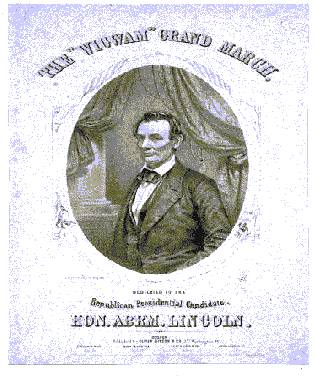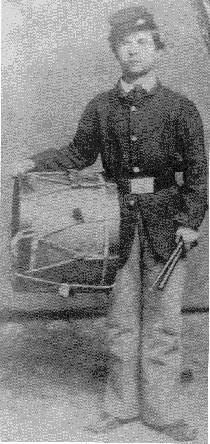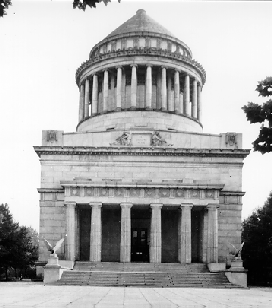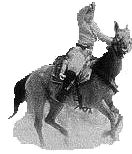|
| Spring 2000 |
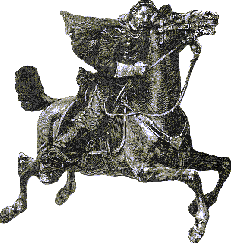
|
77th NY Regimental Balladeers' Dispatch The 2000 Concert season is rapidly approaching. First, we'd like to thank all of our supporters for your interest in and appreciation of our music. Based on your input and suggestions we will be introducing new material at our performances. You will also note from the enclosed concert schedule that we have an ambitious itinerary. We look forward to returning to Gettysburg, Putnam, Greene, Saratoga, Rensselaer, Ulster and Washington counties and making first time appearances in New York City -- [see page 3] decades from 1840 through the early years of the twentieth century. |
|
INSIDE THIS
ISSUE 2 Lincoln & Liberty 3 The Little Drummer Boy 4 May 29 U.S. Grant National Memorial Concert 4 Website Information |

|
Lincoln Captures 'Dixie'
- General Lee's surrender had been announced; Washington was ablaze with excitement. On April 10,1865 delirious multitudes surged to the White House, calling the President out for a speech. It was a moment for easy betrayal into words that might widen the breach between sections. Lincoln in his quaint way, said he had no speech ready, and concluded humorously: "I have always thought 'Dixie' one of the best tunes I ever heard. I insisted yesterday that we had captured it. I ask the band to give us a good turn upon it." In that little speech the rail-splitter from Kentucky claimed of the South by right of conquest a song, nothing more. |
